The Heartbeat of Rosé: Côtes de Provence
Not only famous for Rosé, Provence is home to many lavender fields, though mainly in the greater region and not near wine growing areas due to different soil requirements.
Nestled along the sunny Mediterranean coast in southeastern France, the Côtes de Provence appellation has become virtually synonymous with rosé wine. With its iconic pale pink hue, refreshing profile, and effortless elegance, Côtes de Provence rosé has taken the world by storm. But beyond the beachside sipping and poolside bottles lies a complex, historic region with a story that spans millennia and a future that is pushing well beyond the blush of rosé.
Winegrowing in Provence dates back to 600 BCE, when the ancient Greeks founded the port city of Massalia (now Marseille) and introduced viticulture to the region. The Romans continued this tradition, planting vines and spreading winemaking techniques across what is now the Côtes de Provence. Yet it wasn’t until 1977 that the region earned AOC (Appellation d’Origine Contrôlée) status, marking it as a distinct and regulated wine-producing area. Today, the Côtes de Provence spans over 20,000 hectares and covers more than 80 communes across the Var, Bouches-du-Rhône, and a corner of the Alpes-Maritimes.
Rosé dominates the production here—about 90% of the region’s output is rosé. These wines are typically made from Grenache, Cinsault, Syrah, Mourvèdre, and Tibouren, with each grape lending its own nuance. The result is a pale, dry rosé known for bright acidity, delicate red fruit, and a whisper of herbs and minerality that reflect Provence’s signature garrigue. Côtes de Provence rosé is more than a trend; it’s a tradition, a lifestyle, and now, a global brand.
Several producers have been instrumental in elevating the region’s reputation. Château d'Esclans, founded by Sacha Lichine, helped launch the "luxury rosé" movement with the internationally celebrated Whispering Angel and the prestige bottling, Garrus. Meanwhile, Domaine Ott, owned by the Louis Roederer Champagne house, remains a benchmark for quality rosé, with over a century of history and meticulously farmed vineyards. Other notable estates such as Château Minuty and Château Léoube continue to produce elegant, terroir-driven rosés that exemplify the coastal coolness of the region.
But while rosé gets the spotlight, Côtes de Provence is not a one-note region. Red wines, often based on Syrah and Mourvèdre, offer spicy, structured expressions of the hot Mediterranean climate, while whites—though less common—can be lively and aromatic, often made from Rolle (Vermentino), Ugni Blanc, and Clairette. These lesser-known wines provide a compelling counterpoint to the rosé juggernaut and are beginning to capture attention among sommeliers and wine collectors seeking hidden gems.
Modern winemakers are bringing fresh energy and innovation to the region. Young producers like Guillaume Lefèvre at Domaine de Sulauze emphasize biodynamics and regenerative farming, while others experiment with amphorae, extended lees aging, and co-fermentations. Some producers are even planting lesser-used varietals and reviving nearly lost grapes to diversify the region’s palette. The new wave isn’t turning its back on rosé—it’s expanding its depth and relevance.
Rosé’s popularity shows no sign of slowing down. In the U.S., sales of premium rosé have grown steadily over the last decade, with Côtes de Provence consistently leading the category in both volume and prestige. What once seemed seasonal has now become a year-round staple, with people drinking rosé not only in the summer, but as a serious pairing for cuisine throughout the year.
However, the rosé boom has also led to new challenges. With skyrocketing global demand, some fear that mass production and marketing pressures could dilute quality. In response, a growing number of producers are pushing for stricter vineyard practices and lower yields to ensure Côtes de Provence continues to be known for excellence rather than excess.
Climate change is another pressing concern. Hotter summers and irregular rainfall patterns threaten both yields and freshness. In response, winemakers are adopting more resilient grape varieties, experimenting with canopy management, and investing in water conservation techniques. The goal is to preserve the delicate balance that makes Provence wines so distinct—particularly the rosés, where freshness and precision are key.
The future of Côtes de Provence will likely be shaped by balance: between innovation and tradition, between international demand and regional identity, and between rosé’s dominant market position and the full spectrum of wines the region can produce. There is already movement toward more terroir-driven labeling, with subzones like Sainte-Victoire, Fréjus, and La Londe gaining recognition for their distinct soil types and microclimates.
Ultimately, Côtes de Provence’s enduring appeal lies in its ability to evolve without losing its soul. The rosés still speak of sun, sea, and summer herbs—but now, the reds and whites are speaking up too. With committed winemakers both old and new championing quality and diversity, Côtes de Provence is poised not only to remain a rosé capital, but to emerge as a more complete, world-class wine region.

